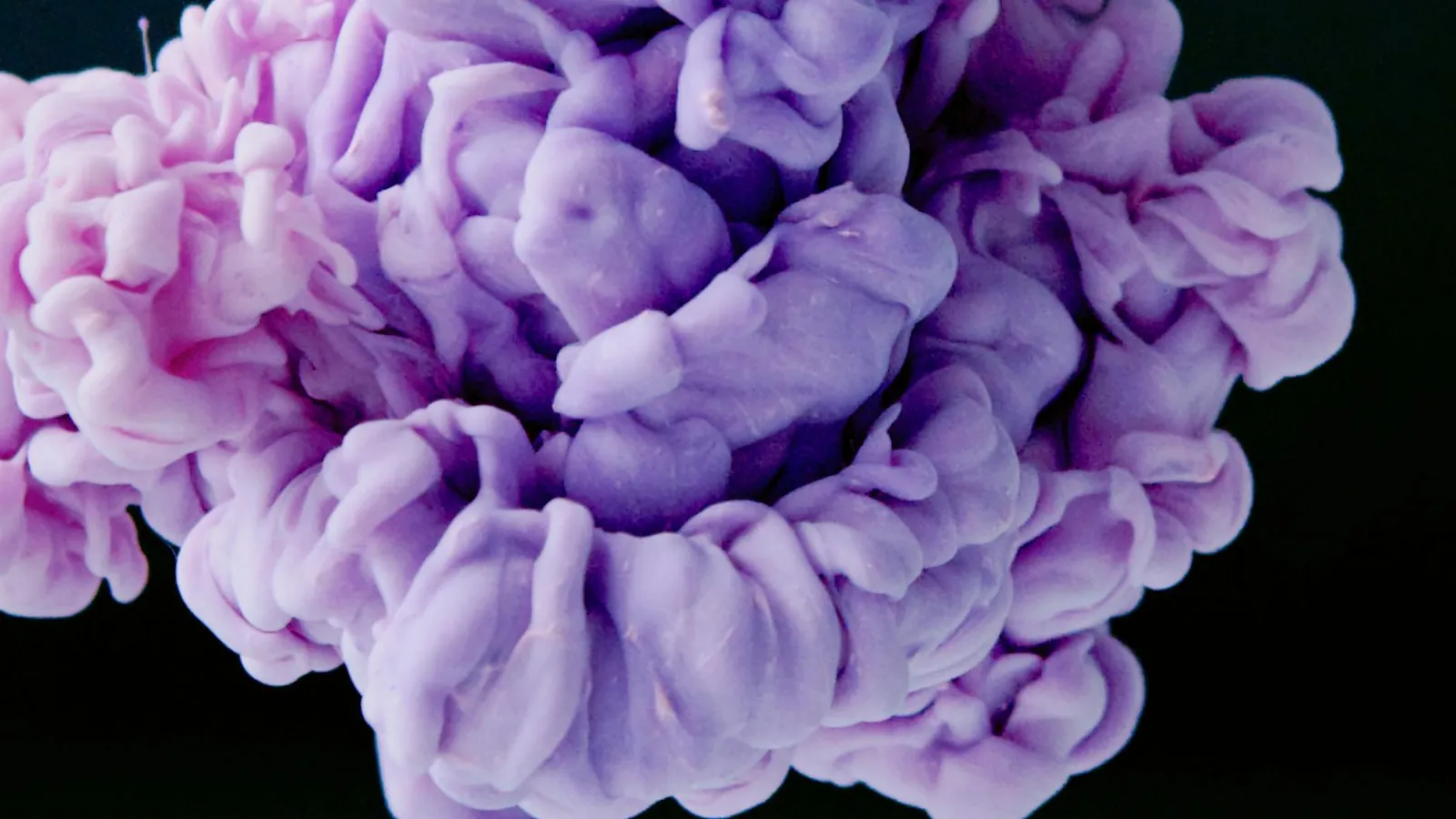Analyzing Color and Form in Abstract Expressionism for Emotional Impact

The Language of Color in Abstract Expressionism
Abstract Expressionism, an influential art movement that emerged in the post-World War II era, fundamentally shifted how emotions could be conveyed on canvas. Central to this movement is the nuanced use of color to express complex emotions and ideas. Renowned artists like Mark Rothko and Jackson Pollock used color not just as a visual component but as a language of emotion.
Color choice in abstract expressionism is often less about the specific hue and more about the interaction between colors. For instance, Mark Rothko's large color fields envelop viewers, drawing them into a contemplative state. The juxtaposition of dark and light colors can suggest themes of conflict or duality.
Practical Tips for Analyzing Color
- Examine Contrasts: Identify the contrasting colors and consider their emotional resonance. How do they clash or harmonize?
- Observe Saturation: Note how saturation levels affect mood. Vibrant colors can evoke energy, while muted tones may suggest calmness or melancholy.
- Consider Temperature: Warm colors (reds, oranges) might convey passion or tension, whereas cool colors (blues, greens) often suggest tranquility or detachment.
The Power of Form and Gesture
Form in abstract expressionism is dynamic and often unconventional. Artists like Jackson Pollock used methods such as drip painting, where the act of painting itself becomes an emotional release. The form here isn't just about shape; it's about movement and energy. Pollock's canvases are alive with the frenetic energy of his brushstrokes, each line a direct reflection of emotion.
Techniques to Analyze Form
- Track Movement: Follow the directionality of strokes to understand the flow of energy within the artwork.
- Look for Repetition: Repetitive patterns can convey obsession or meditation, while erratic forms may suggest chaos or spontaneity.
- Evaluate Scale: Large forms can dominate a canvas and create a sense of overwhelming emotion, while smaller forms might imply subtlety or introspection.
Case Study: Mark Rothko's 'No. 61 (Rust and Blue)'
This iconic painting by Rothko exemplifies the emotional depth achievable through careful color selection and form simplification. The expansive blue field bordered by rust suggests vast emotional landscapes—often interpreted as isolation against the intensity of life experiences.
Framework for Artistic Analysis
To further develop your ability to analyze and create emotionally impactful art, follow this mini-framework:
- Identify Emotion: Decide the primary emotion you wish to explore. Is it joy, sadness, anger?
- Select Colors Strategically: Choose a palette that naturally embodies this emotion. Experiment with different combinations until one resonates deeply.
- Experiment with Form: Use sketching or small studies to experiment with forms that align with your chosen emotion.
- Reflect on Impact: Step back and evaluate whether your piece conveys the intended emotion to an unbiased viewer. Be open to interpretation beyond your original intention.
By integrating these techniques into your artistic practice, you can craft works that not only engage visually but also touch the emotional depths of your audience.
